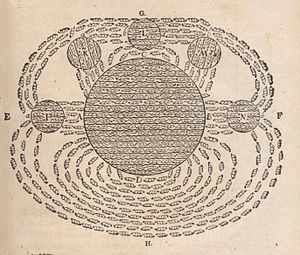A team led by Professor Andre Geim, a recipient of the 2010 Nobel Prize for graphene, can now show that electric current — a flow of electrons — can magnetise graphene.
The results, reported in Science, could be a potentially huge breakthrough in the field of spintronics.
Spintronics is a group of emerging technologies that exploit the intrinsic spin of the electron, in addition to its fundamental electric charge that is exploited in microelectronics.
Billions of spintronics devices such as sensors and memories are already being produced. Every hard disk drive has a magnetic sensor that uses a flow of spins, and magnetic random access memory (MRAM) chips are becoming increasingly popular.
The findings are part of a large international effort involving research groups from the US, Russia, Japan and the Netherlands.
The key feature for spintronics is to connect the electron spin to electric current as current can be manipulated by means routinely used in microelectronics.
It is believed that, in future spintronics devices and transistors, coupling between the current and spin will be direct, without using magnetic materials to inject spins as it is done at the moment.
So far, this route has only been demonstrated by using materials with so-called spin-orbit interaction, in which tiny magnetic fields created by nuclei affect the motion of electrons through a crystal. The effect is generally small which makes it difficult to use.
The researchers found a new way to interconnect spin and charge by applying a relatively weak magnetic field to graphene and found that this causes a flow of spins in the direction perpendicular to electric current, making a graphene sheet magnetised.
The effect resembles the one caused by spin-orbit interaction but is larger and can be tuned by varying the external magnetic field.
The Manchester researchers also show that graphene placed on boron nitride is an ideal material for spintronics because the induced magnetism extends over macroscopic distances from the current path without decay.










